Picture the scene. You wake up, grab your phone, and decide on the day’s outfit. Will it be the trousers wreathed in neon lightning flashes? Or the mini-dress with a texture like glass? Maybe a meta-birkin (disclaimer: it’s NOT in any way related to Hèrmes) to accessorise? Need shoes too? How about a pair of Nike Dunk Genesis Cryptokicks, or some Nicholas Kirkwood x White Rabbit Crystal Combat Boots?
None of these items exist as real, tangible garments. They can’t slide on next to your skin or shield your feet. You can’t show them off at parties. Instead, all of them sit under the vast – and relatively confusing – umbrella currently known as ‘digital fashion’. Some of them are NFTs. Others are 3D renders that you can purchase and have photoshopped onto an image of your choice, providing you with an Insta-ready snap featuring a look that’s truly out of this world. They are clothes, but not as we usually know them.
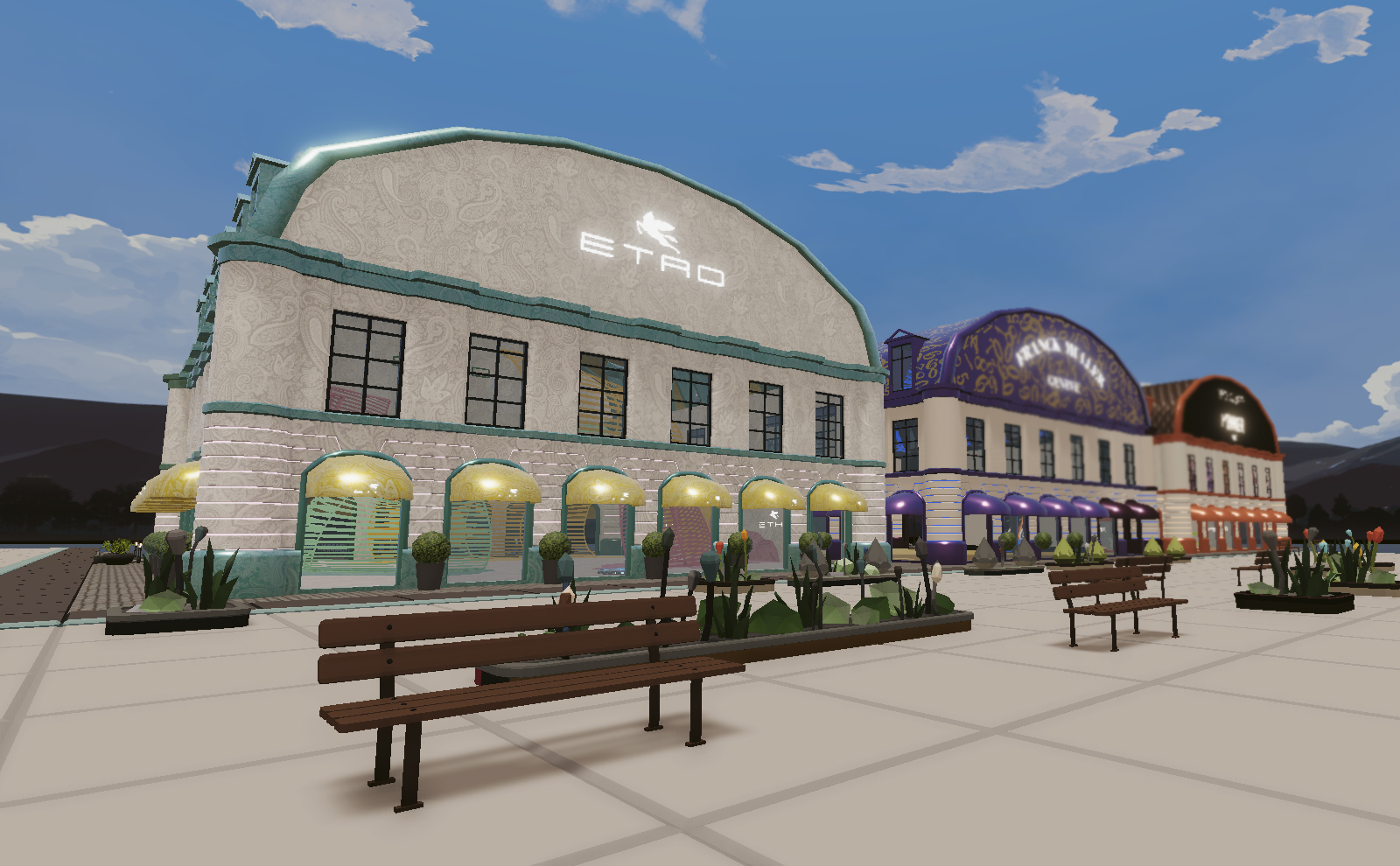
Over the past few years, there’s been a huge amount of buzz about fashion’s immaterial future. Many within the industry are touting it as the next big frontier: a brave and strange land with new creative rules (and new ways of helping brands to turn a profit). But what do people really mean when they talk about clothes in the metaverse, designer NFTs, or shows in Decentraland? And how could these things actually shape the fashion world going forward? Let i-D take you on a brief tour through the back of the virtual closet and into the digital realm.
WTF is Digital Fashion?
At the moment, digital fashion refers to a range of different products and garments available in virtual form. The oldest and most established types of digital fashion originated in games. From those heady mid-noughties days where you could spend hours on Stardoll dressing Avril Lavigne in Abbey Dawn or Mary-Kate Olsen in vintage Pucci, through to the increasingly sophisticated graphics and customisable elements now found in games like Fortnite or Roblox, fashion has always found a natural home in this interactive environment.
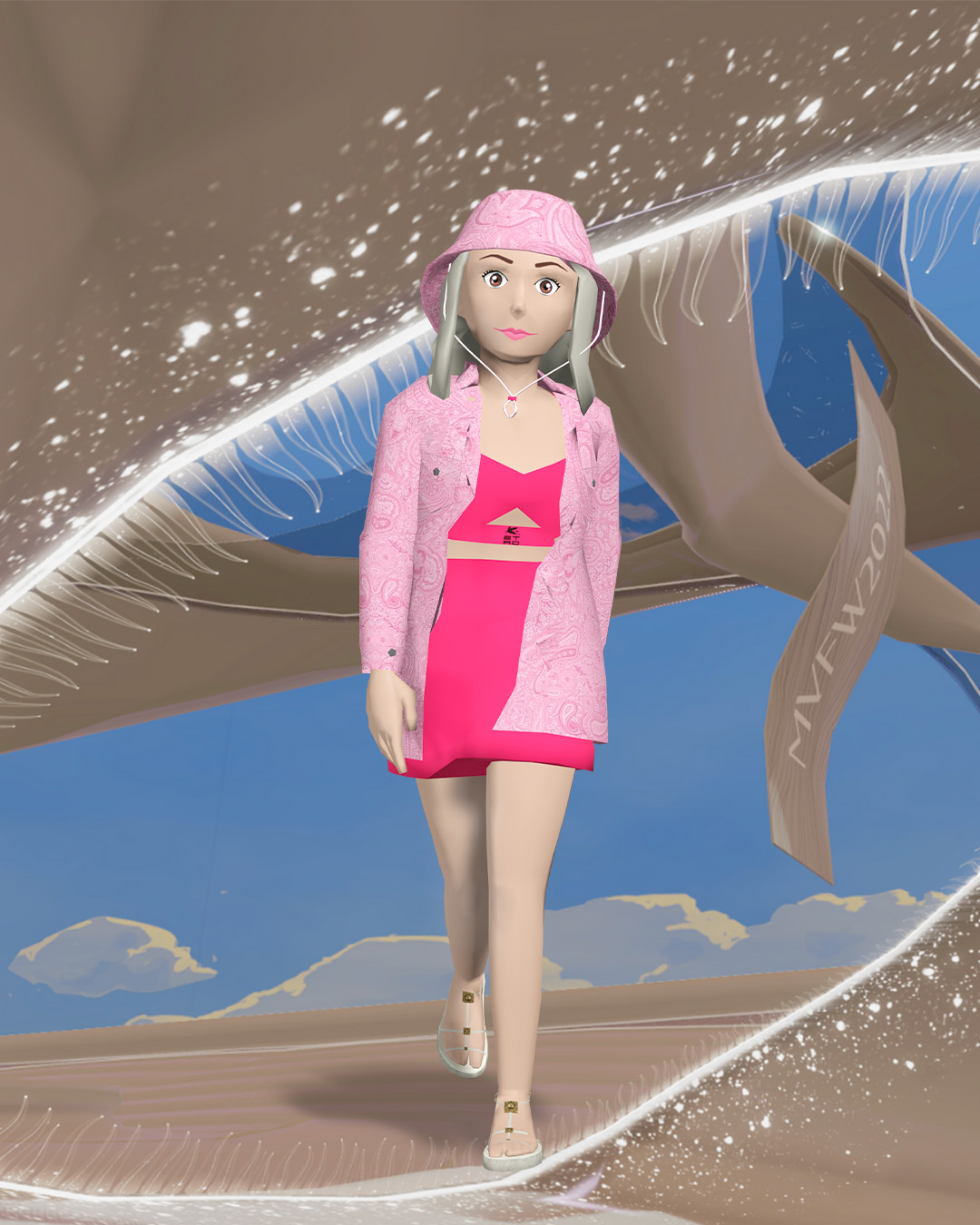
For many fashion brands, games are an easy first port of call. The two games mentioned above have been especially popular in fashion circles, with the former welcoming brands including Balenciaga, Moncler and Adidas, and the latter working with Gucci and Ralph Lauren. Often what these brands provide is ‘skins’: virtual items that can clad in-game avatars, providing a canny branding exercise in the process. Other options include Animal Crossing (Marc Jacobs, Valentino, H&M), The Sims (Moschino, Gucci), Honor of Kings (Burberry) and League of Legends (Louis Vuitton). Some of those mentioned here, including Balenciaga, Burberry and Louis Vuitton, have even created their own games.
WTF is an NFT?
For brands who don’t fancy making forays into gaming, another option is an NFT. What this usually means is a virtual garment, image, or object that you can purchase. Hang on, I hear you ask, why would you buy something that you could download or copy for free? Isn’t that the whole point of the internet? The difference with an NFT (aka: Non Fungible Token) is that your ownership of the digital product is registered via a unit of data on the blockchain. Because you are the owner, you can sell it on just like you could a designer handbag or piece of physical artwork. Like those items, the value of an NFT can also rise and fall depending on what the market decides is valuable. Lots of brands have now given an NFT a go, from Prada to Balmain, though it remains to be seen yet whether these can generate serious sales or if they will continue to figure more as a marketing gimmick.
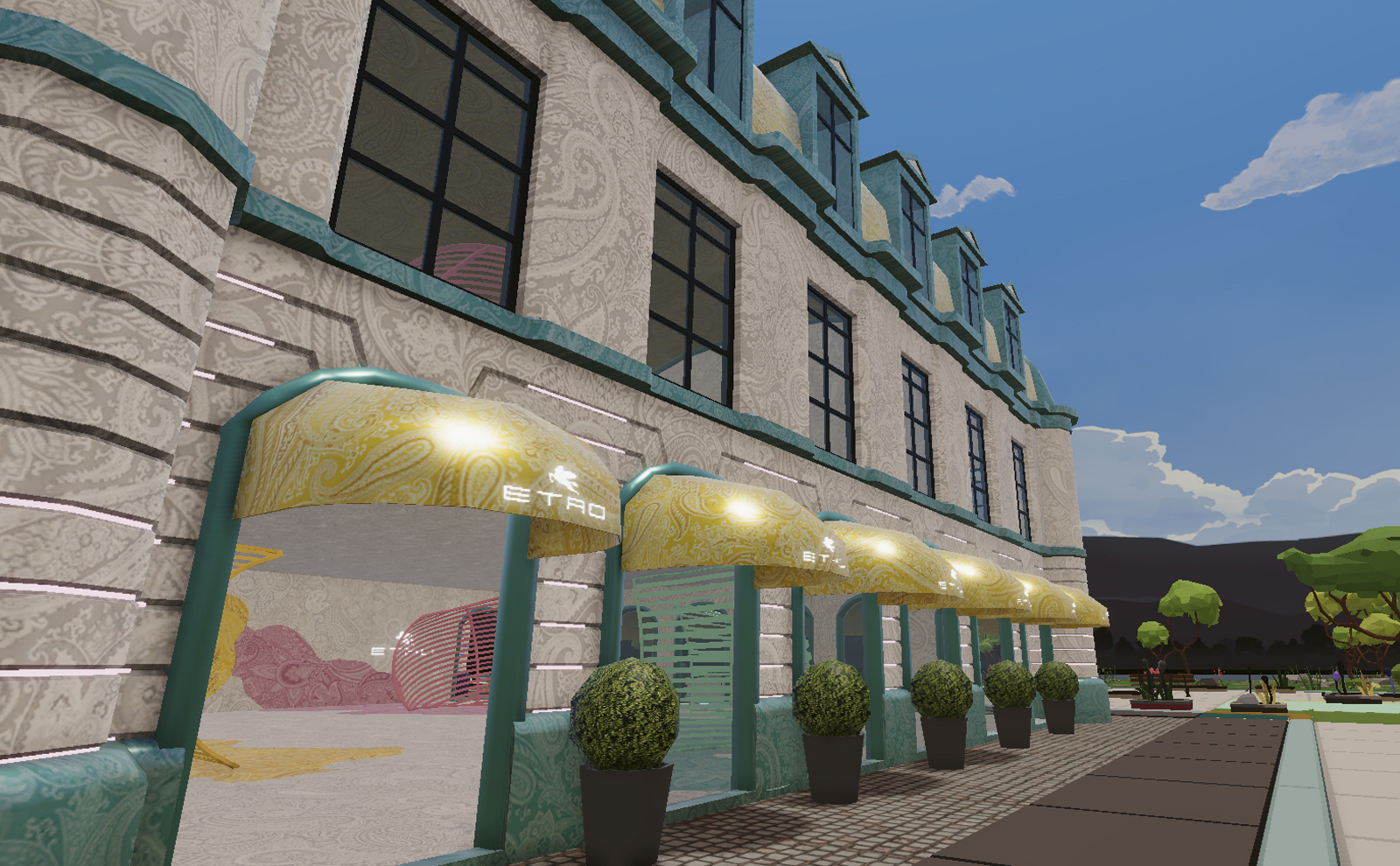
Digital fashion also refers to various other methods of interacting with clothes virtually: from those photoshopped digital garms mentioned above, to interactive spaces one can enter to browse or purchase clothing. This is where we get to the metaverse. Which doesn’t actually exist yet. Basically, the idea of the metaverse, which far predates Mark Zuckerberg’s popularising of the term, envisages a more architectural future for our online lives. Think the internet but in three dimensions. In the metaverse, various forms of AR (augmented reality) and XR (extended reality) technologies would allow us access to a whole world parallel to our own: one we could move through in avatar form, seamlessly switching between platforms in one place rather than hopping from website to website. Such a place would definitely require clothes.
WTF is Metaverse Fashion Week?
The first official Metaverse Fashion Week was held at the end of March, hosted on a platform called Decentraland. There one could manoeuvre their avatar (with some difficulty) around a series of shop fronts and shows. From big hitters like Tommy Hilfiger to independent designers such as Auroboros, a whole range of brands participated. Although the clunky graphics made it feel like more of a nostalgic throwback than a cutting-edge look at the future, what this event indicated was a potentially useful set of ways that we might see digital fashion evolve and shape the wider industry going forward.
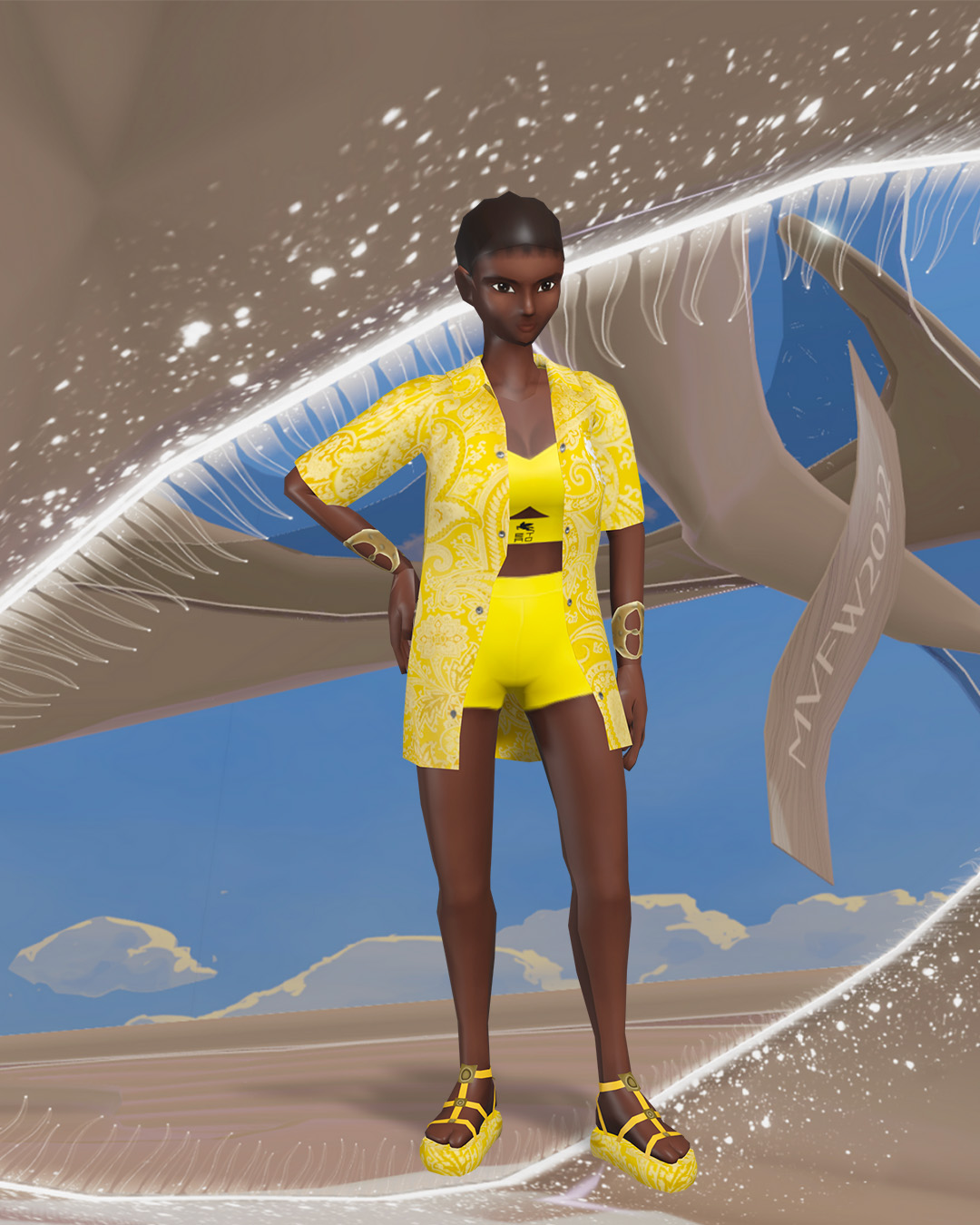
WTF is the future of fashion?
This is the big question right now. Even if the metaverse is still a pixelated dream, there are more immediately relevant ways that digital fashion could have an impact. Much has been made of its potential to free people from the confines of gender and beauty ideals. When you don’t have to worry about manufacturing a garment IRL, there’s more room not only to play with the very nature of designing (doing away with the fundamental laws of physics – like gravity – opens up a lot of fantastical options) but also who can wear the finished piece. After all, it doesn’t have to be fitted to a real body – or even, arguably, a human form. “While some people use digital clothing simply to experiment with their looks or enhance their old pictures, others use it as an opportunity to be the people they have always dreamed to be – whether this would mean wearing brighter outfits, completely changing their style, expressing themselves through high fashion etc,” Daria Shapovalova, co-founder of virtual fashion retailer DressX tells me. “Digital fashion doesn’t have any limits, which is why it is a great tool for exploring oneself and one’s own personality in the most safe and easy way.”
This is one of the more optimistic arguments in favour of digital fashion: the creative democratisation of luxury, the idea of a welcome space where all can express themselves precisely as they wish. This comes into slight conflict with the exclusivity aspect of NFTs (not to mention some of the darker aspects of the metaverse), but there’s always been something enthralling about the idea of being able to fully fashion yourself anew.

WTF does it mean for IRL fashion?
A secondary and potentially more compelling argument centres on the ways in which virtual clothing could facilitate a better relationship with the environment. “Digital fashion was born as a solution for several main problems of the industry, with sustainability being at the very core of the concept,” fellow DressX co-founder Natalia Modenova explains. Their site could be seen as a short-term remedy to the excesses of fast fashion. If clothes are being bought largely to be showcased on social media anyway, why not just skip the stage where you buy something super cheap — that has likely caused harm to both the planet and the people making it — and opt for something virtual instead? No waste, no guilt, endless potential.
Elsewhere, virtual showrooms and catwalk shows could go some way to mitigating the environmental impact of buyers and press having to get on a plane every few months to see shows (something that was allegedly going to change during the pandemic but has now bounced straight back into business as usual). What it doesn’t seem to have cracked yet though is atmosphere. How can you create drama and spectacle when you don’t have the hum of other attendees around you, or the sensory experience – glitter! sound! attitude! – of a sequinned dress swishing past?
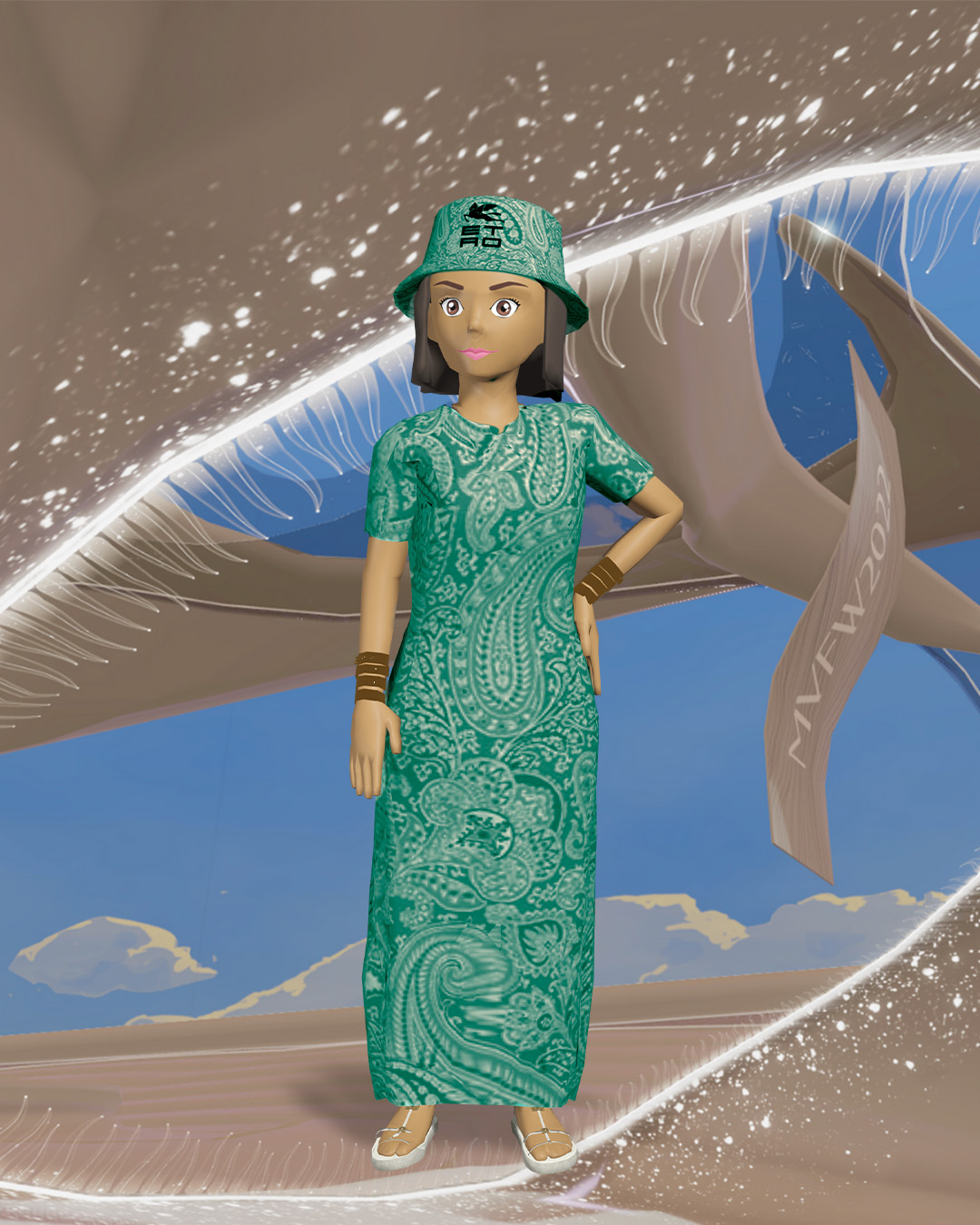
However, as technology improves and virtual renders of clothes become more realistic, the chance to both see clothes in motion and maybe even ‘try’ them on might allow for a more direct-to-consumer model: allowing customers to order items that are then made to specification, rather than brands having to guess how much they’ll sell and then ending up with significant waste and unsold stock. This could usher in a more thoughtful way of shopping, prioritising smaller product runs and higher levels of craftsmanship.
WTF does it mean for fashion education?
Digital fashion has wide-reaching implications for the future of fashion education too. There’s a lot of really good graduates coming out,” says Leslie Holden, cofounder of the Digital Fashion Group. “[But] they’re graduating, and there’s very limited job possibilities for them. One of the issues is that fashion education in general is still following quite an old business model… It’s not pivoting and moving quickly enough to be not just leading [the way], but also fulfilling opportunities that industry might need.”
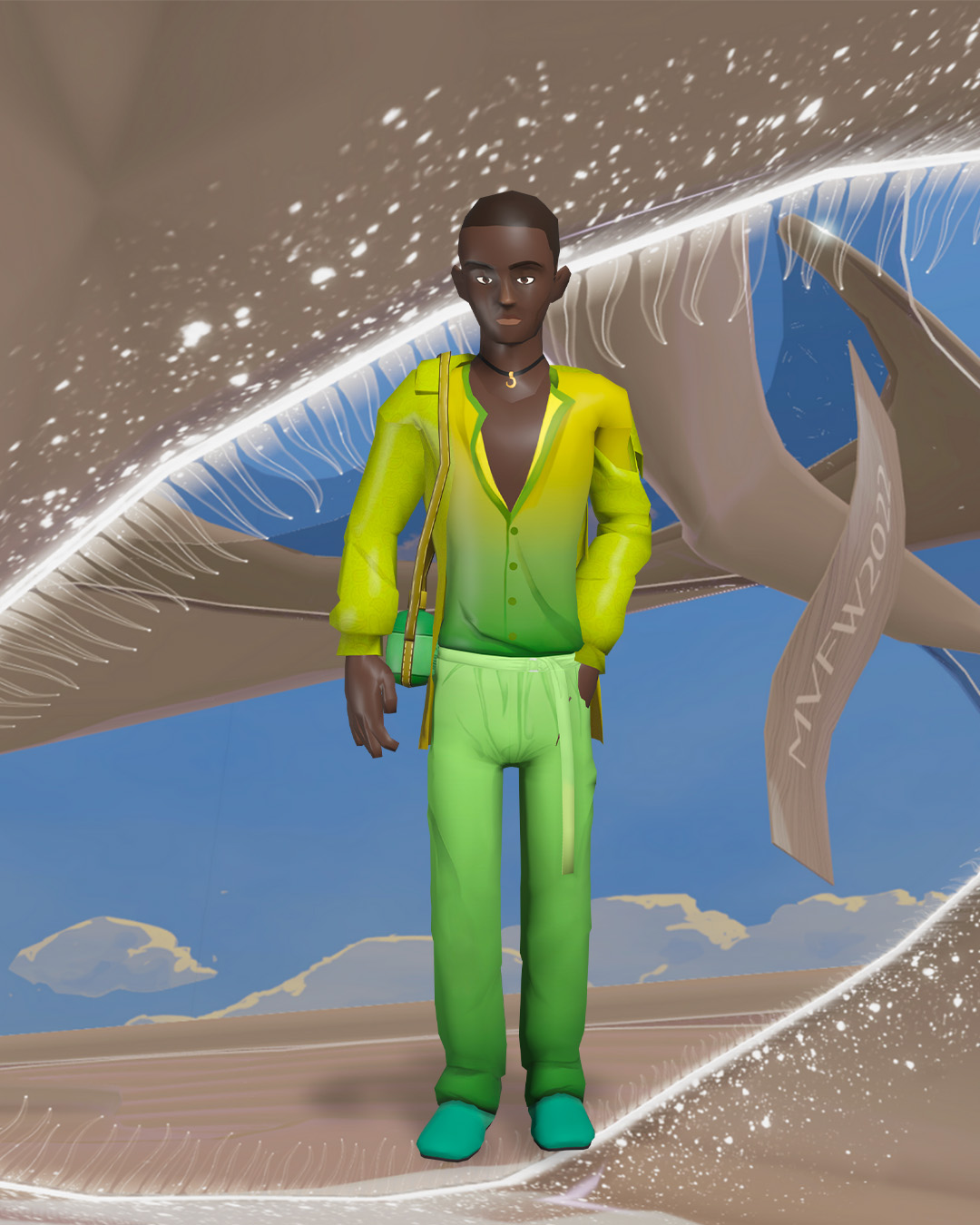
Holden, who was previously the head of fashion and design at Amsterdam Fashion Institute, thinks it’s crucial to be equipping today’s fashion students with a full range of digital skills to prepare them for their professional lives. “What we see is that the students are getting a bit of knowledge in their degree about software, but they don’t… connect it to the rest of the learning. And most of them are still coming out with a catwalk show.” What he means by software is the use of programmes like Clo3D which allow users to create digital renders of clothing. For him, it goes much further than that though: with digital fashion potentially being a way to break down traditional boundaries and build new, expansive ways of approaching creativity and craft. The sustainability aspect is crucial too. “[We can use] digital to help us develop a much better industry,” he says buoyantly.
For now, many of these ideas remain nascent rather than fully formed. Digital fashion is still, often, experimental ground. But it’s worth paying attention to the results of those experiments. Not all of them will stick around. After all, much of the pleasure of clothes lies in their physicality, their ability to carry us through the real world. But the digital world isn’t going anywhere either. Better to have a killer outfit to guide you through it.
Follow i-D on Instagram and TikTok for more on fashion.
Credits
All images courtesy of Etro



